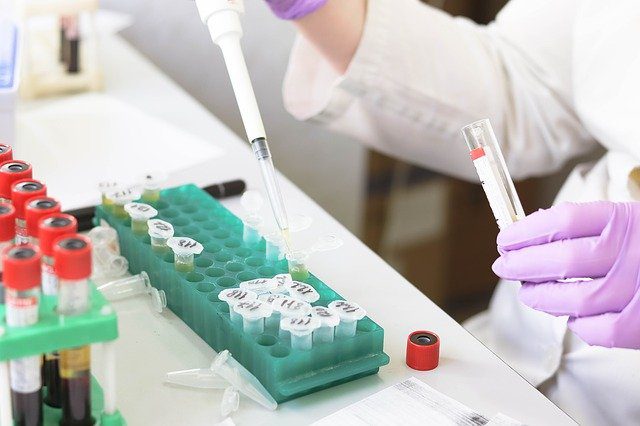
Preprint: SARS-CoV-2 may have originated as an infectious clone assembled in vitro
A new preprint out today finds that SARS-COV-2 has “a synthetic fingerprint unlikely to have evolved from its close relatives.”
The genome of SARS-COV-2 contains a peculiar pattern of unique restriction endonuclease recognition sites allowing efficient dis- and re-assembly of the viral genome characteristic of synthetic viruses.
Here, we report the likelihood of observing such a pattern in coronaviruses with no history of bioengineering. We find that SARS-CoV-2 is an anomaly, more likely a product of synthetic genome assembly than natural evolution.
The restriction map of SARS-CoV-2 is consistent with many previously reported synthetic coronavirus genomes, meets all the criteria required for an efficient reverse genetic system, differs from closest relatives by a significantly higher rate of synonymous mutations in these synthetic-looking recognitions sites, and has a synthetic fingerprint unlikely to have evolved from its close relatives.
We report a high likelihood that SARS-CoV-2 may have originated as an infectious clone assembled in vitro.
Preprint: Endonuclease fingerprint indicates a synthetic origin of SARS-CoV-2
Follow Coronaheadsup on Twitter for our latest updates
Image by Republica from Pixabay





